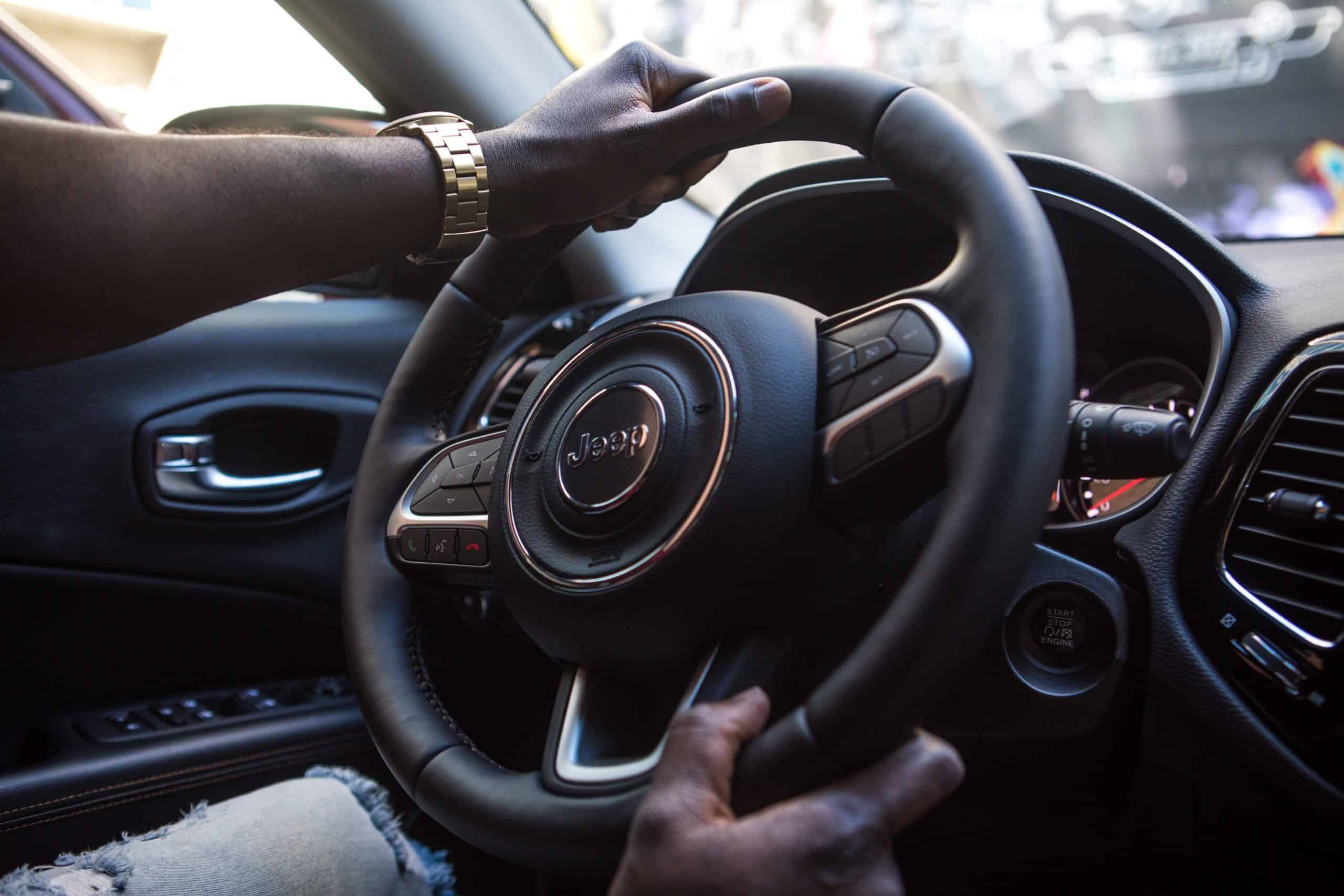If you are like most drivers, the habit of driving is second nature to everything else we do in our daily lives. Many drivers don’t really take the time to consider how or why things work to get us to our destination, until those functions no longer operate the way we expect them to operate. For example, if you were to turn the steering wheel to the right and the vehicle did not turn, you would suddenly pay more attention to this issue. Steering is an important function of driving that we usually take for granted.
In this blog, we consider the steering system of your vehicle and two of the more common problems that may affect the performance of your vehicle’s steering function.
The Basics of the Steering System
The steering system in your vehicle all starts with the steering wheel. We use the steering wheel to make precise and immediate changes to the direction of the vehicle. The steering wheel is the modern version of horse reins, which told the horse the direction to move without falling off the side of a cliff.
Here’s how the steering system works in oversimplified terms:
- The steering wheel is connected to the steering column and shaft. The column is a set of hollow and solid steel tubes that house the shaft.
- When the steering wheel is turned, it rotates the shaft which is connected to the steering gear.
- The rotational motion from the shaft turns the steering gear which transmits the turning motion through the tie rod to each of the steering arms and knuckles.
- The steering knuckles are then responsible for the execution of the wheel turning in the proper direction based on the movements from the steering wheel.
In actuality, the steering system is a very complex set of components that work together to turn or navigate your vehicle in the proper direction.
Common Steering System Problems
Your vehicle’s steering system is easily impacted by the wear and tear that comes from road conditions such as pot holes and rough surfaces. Two of the more common problems that you may experience with your steering system include:
- Worn or damaged tie rods
- Worn or damaged CV Axle
Tie Rods
If your steering feels “loose” or there is not as much control from the steering wheel, you may have a problem with your tie rods. As noted above, the tie rods are what transmit the power to the steering arms and knuckles to execute the turning motion. Poor road conditions can impact the performance of your inner or outer tie rods. To avoid problems, make sure that your tie rods are examined by a service professional and occasionally lubricated to prevent further damage.
CV Axle
The CV Axle (or Constant Velocity), is a shaft designed to transfer the rotating torque to your wheels. If you are experiencing an issue with the CV Axle, you may hear a clicking sound when you are turning the vehicle.
The best way to keep your CV Axle maintained is to ensure that it is heavily greased and the rubber boot covers on the axle are not worn or damaged. When the boot covers are worn, the CV Axle will leak grease and can cause serious damage.
Preventative Maintenance
While you may not always keep a vigilant maintenance schedule for your steering system, ongoing maintenance can be critical to your vehicle’s safety and performance. If you notice unusual issues with your steering, speak with a service professional before the issues grow into a serious safety hazard.
Contact the service professionals today at Shade Tree Garage to schedule a steering system inspection. Our service professionals will inspect your vehicle’s steering system and make recommendations for any repairs or replacements to ensure that you and your passengers enjoy safe driving.

